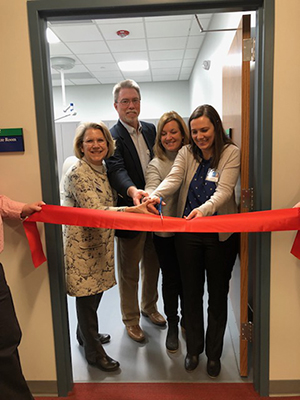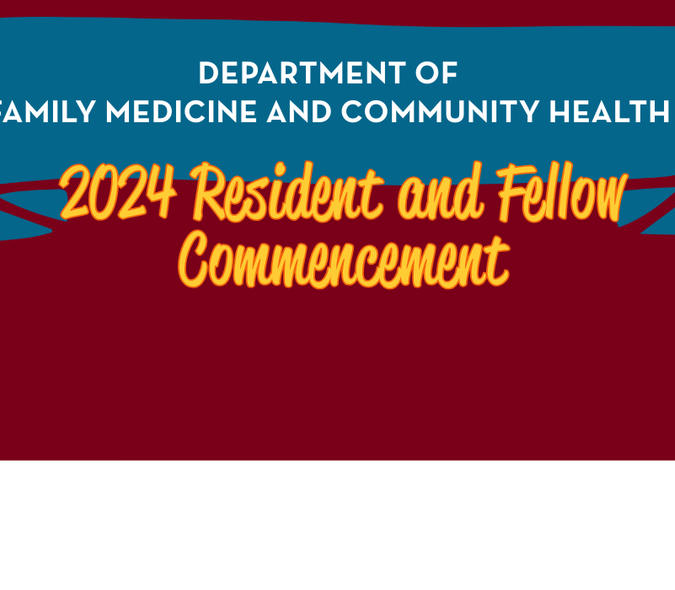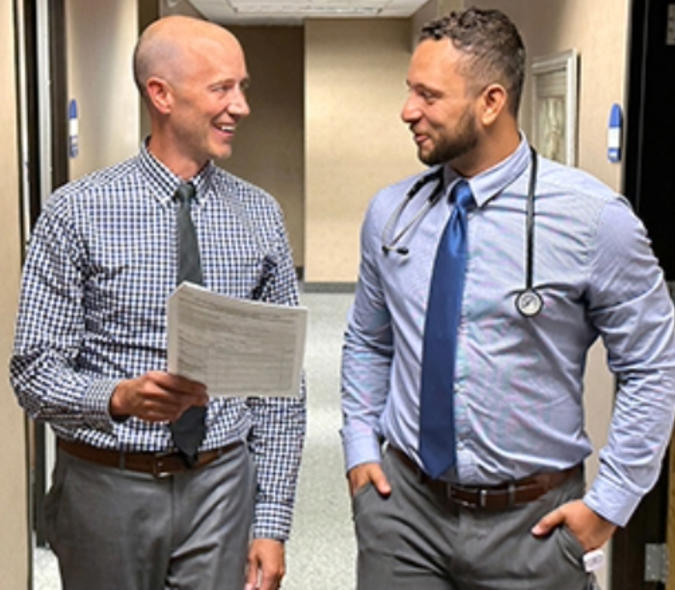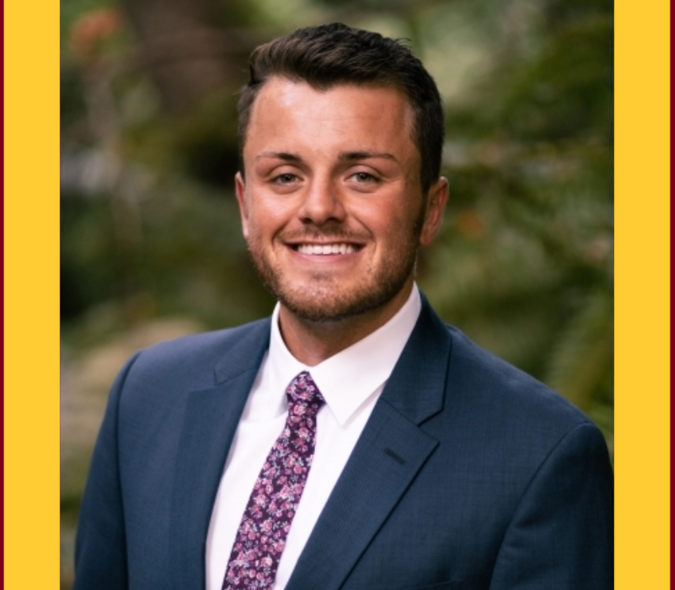
Erin Westfall, DO, Launches Successful Dental-Medical Practice
Imagine making an appointment for a routine oral health checkup and, following your appointment, you are able to see your primary care physician as well—right in the same clinic.
That idea, once never even considered a possibility, is now becoming more mainstream nationally thanks to healthcare providers like Erin Westfall, DO.
Earlier in February, Dr. Westfall held a grand opening for her dental-medical practice in Mankato. On opening day, parents came with their children, who enjoyed practicing how to floss with a large-scale mouth in the dental-medical office. This integration was a long time in coming—and the need has been building for quite a while.
"Traditionally, dental health and medical health have been separated," she explains. "The mouth was never the purview of the physician. But now both professions are beginning to understand that oral health is whole person health and that poor dental care has significant implications for chronic disease later on. Conditions like diabetes, obesity, stroke, heart disease, preterm labor and others have definite associations with poor dental health."
The need to integrate dental care and primary care has been particularly evident for rural populations, the underserved, people of color, those of low socioeconomic status—all of these groups tend to have poor access to dental care. The idea to bring dentistry into the medical clinic is meant to fill the prevention gap and address the whole needs of the patient when they come to the clinic.
So how did this innovative dental-medical care clinic in Mankato come about?
"It was a labor of love," Dr. Westfall says with a laugh.

It began with a survey that Mayo Clinic sent out in 2013, asking if any primary care providers were applying fluoride varnish to young patients' teeth and if any providers had interest in doing so.
"Even at this time we knew that simple interventions like applying fluoride varnish to the primary teeth of young kids has significant positive outcomes," she says.
In 2014, while working with a colleague in the pediatrics department at the Mayo Clinic in Rochester, Dr. Westfall developed the oral health curriculum for the Mankato family medicine residency program and began implementing dental care and education during patient visits. But they realized they had to go further.
"We knew we couldn't address all the needs of our patients by just simply applying varnish and telling people to brush their teeth."
They tried referring young children to dental clinics, but often the parents would say their child was too afraid to go. It made more sense to take care of the children's dental check-ups in a space where they already felt comfortable.
In order to launch a fully integrated clinic, Dr. Westfall and her colleagues partnered with Minnesota State University's School of Allied Health's Dental Program to develop a collaborative agreement and worked with Mayo Clinic to secure the space. They also received grants from Mankato Area Foundation and Delta Dental of Minnesota for equipment, faculty payment, and consumable needs. She also consulted with Dr. Karl Self at the University of Minnesota Dental School and dental hygienist Christine Blue. They visited the space and assisted with strategic planning.
Since the launch of the Mankato dental-medical practice, the community's response has been extremely positive. In fact, Dr. Westfall notes with amusement that when she tells people about this model of integrated care, a frequent response is: "You mean you haven't been doing this all along?"
That alone speaks volumes about how far the idea of integrated care has come.
"Integrated healthcare is well known for its ability to improve care access and reduce the cost of care," Dr. Westfall says. "It also meets the patients' needs by not requiring them to take off additional days of work for multiple appointments; they can get their health needs met during one visit."
The integrated care practice aligns with the University of Minnesota Medical School's goals and has been a welcome option for residents who are seeking a rotation at the dental-medical clinic in Mankato. At the same time, the integrated practice has seen impressive growth since its launch, and that has been incredibly exciting and rewarding for Dr. Westfall and her colleagues:
"Initially we opened just for children aged zero through five because that was our community's goal, but we recognized within the first couple of weeks that we really needed to make this available to all kids aged birth through 18."
Since the practice's opening, they have seen over 100 children. Of those, over 75 percent have been high-risk, meaning they need an oral health evaluation every three months as opposed to every six months. Dr. Westfall's dental-medical practice is now fully set up to provide these young patients with that care.
Eager to champion whole health, Dr. Westfall has presented at the Minnesota Dental Association conference, the Oral Health Conferences in Rochester and Mankato, and she was recently accepted to present at the Minnesota Rural Health Association in June. Also, On March 12 of this year, Dr. Westfall will participate in the first Oral Health Showcase at the Minnesota State Capitol to discuss the program with legislators and staff.
When she looks toward the future of integrated care, Dr. Westfall sees the idea and practice of whole health becoming even more pervasive: "Former Surgeon General Dr. Regina Benjamin once said that the 'health of our mouth ... supports and reflects the health of the entire body,' and that's very true."
As integrated, whole-person health becomes an even more widely accepted idea, this pilot project turned successful healthcare practice has become an inspiring model for future integrated care clinics that are sure to come.
To read more about the launch of Dr. Westfall's practice, see these news articles:
- Dentists reinforce importance of oral health during Pediatric Oral Health Month
- Pilot project expands dental care for children



